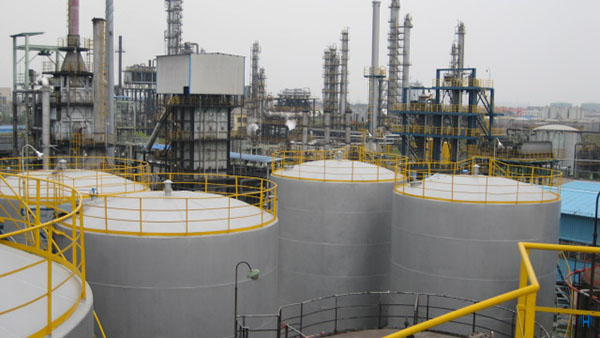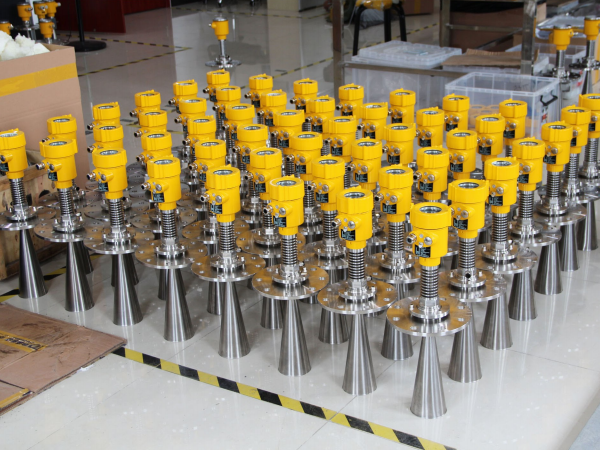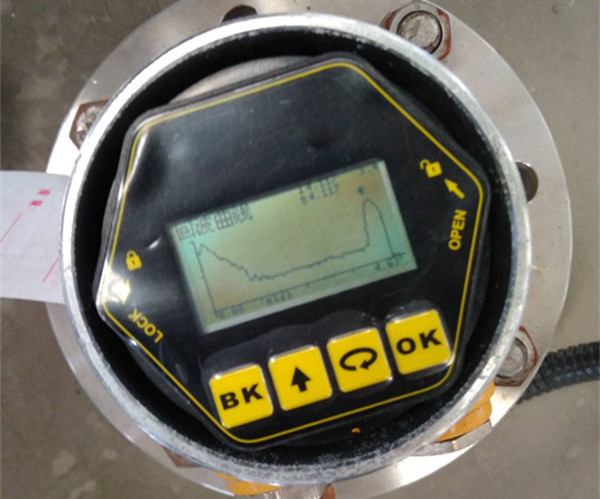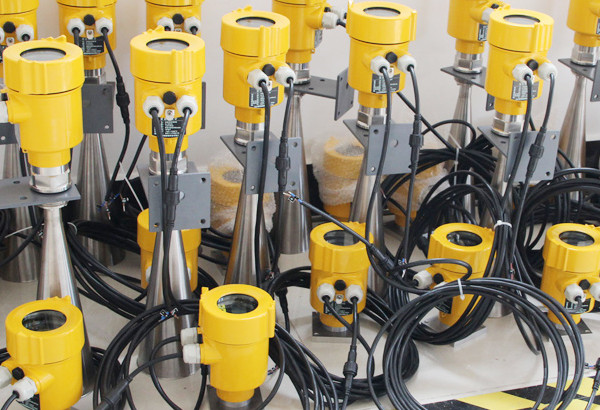In recent years radar level meter has become one of the highly acclaimed instruments in the field of liquid level measurement and is widely used in different industries.
However, whether radar level meters can perform level measurements for some complex or special requirement fields, such as water washing tanks, is still a question of concern and discussion for many people. This paper will introduce the characteristics of wash tanks, the measurement difficulties faced by radar level meters, and two actual measurement cases.

Wash tanks are commonly used for cleaning operations in industrial, chemical, and other fields. Since this industry involves various chemicals, toxic gases, etc., caution is required when performing level measurements.
In addition, water washing tanks have the following characteristics and measurement difficulties: Washing liquid level is unstable: The level inside the water washing tank pot can be not fixed due to excessive stirring of the washing liquid, so the stability of the level is a key issue.
Washing liquid is corrosive: The washing liquid used in the water washing tank is corrosive to the traditional level meter, which brings some difficulties to the level measurement. Temperature and air pressure changes: The liquid level in the washing tank is greatly affected by factors such as temperature and air pressure, and it is necessary to choose suitable instruments to cope with them when performing level measurements.

The ability of radar level meters to perform level measurements for the specific area of wash tanks is a concern for many. In fact, radar level meters can function properly and perform level measurements stably for wash tanks, which are mainly composed of water or other liquids.
This is mainly because radar level meters have great advantages in terms of stability, accuracy, and reliability compared to conventional level meters. When using a radar level meter, it is necessary to pay attention to the steps of choosing the suitable model, reasonable installation, and accurate calibration.
In addition, the radar level meter needs to pay attention to the settings of response speed and enabling pulse width to avoid errors or inaccuracies in level measurement.

Here are two actual cases to illustrate more clearly the application and considerations of radar level meters in the water washing tanks.
Case 1: In the cleaning production process of a chemical company, they used a conventional pressure-type level meter for level measurement. Later, it was found that the level meter often suffered from corrosion and low accuracy due to improper material selection, which affected the efficiency of cleaning production. Afterward, the company adopted a radar level meter and found that it was significantly better than the conventional level meter in terms of stability, accuracy, and reliability, and provided a better solution for level measurement in water washing tanks.
Case 2: In an industrial company’s washing production, they were using a mechanical level meter, however, the device’s slow response time and low accuracy could not meet their process production needs. In response to this problem, they used a radar level meter for level measurement and found that the instrument had a fast response speed and high accuracy, and could perform level measurement stably and accurately. This has brought great convenience to their cleaning production.

The application of radar level meters in washing tanks has certain advantages for efficient and accurate level measurement. However, attention needs to be paid to some possible problems in practical application, such as the corrosiveness of the washing liquid, to ensure the stability and reliability of the level measurement.
In practice, it is also necessary to select the appropriate type of radar level meter for use and adjustment according to the characteristics of the specific washing tank and the nature of the liquid, so as to better meet the needs of industrial cleaning production and improve production efficiency and product quality.
